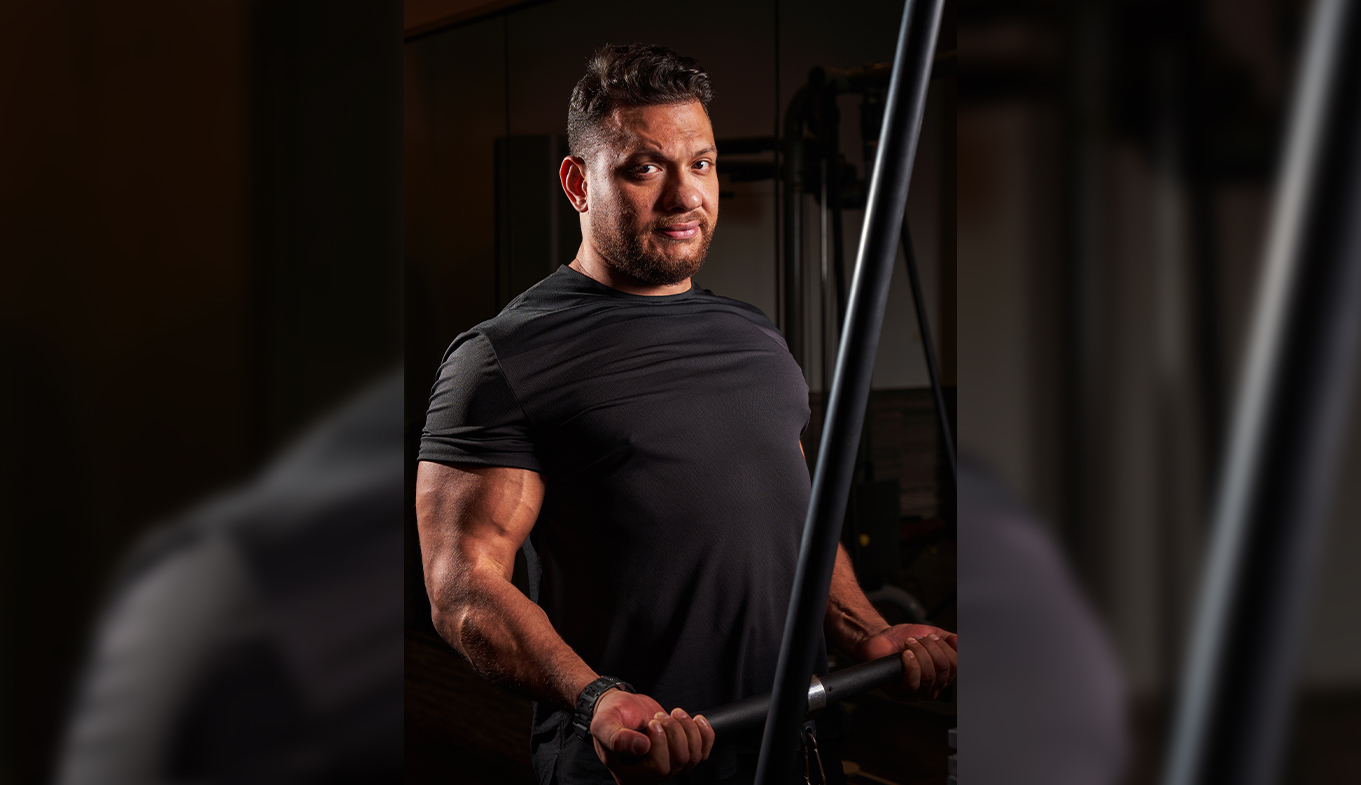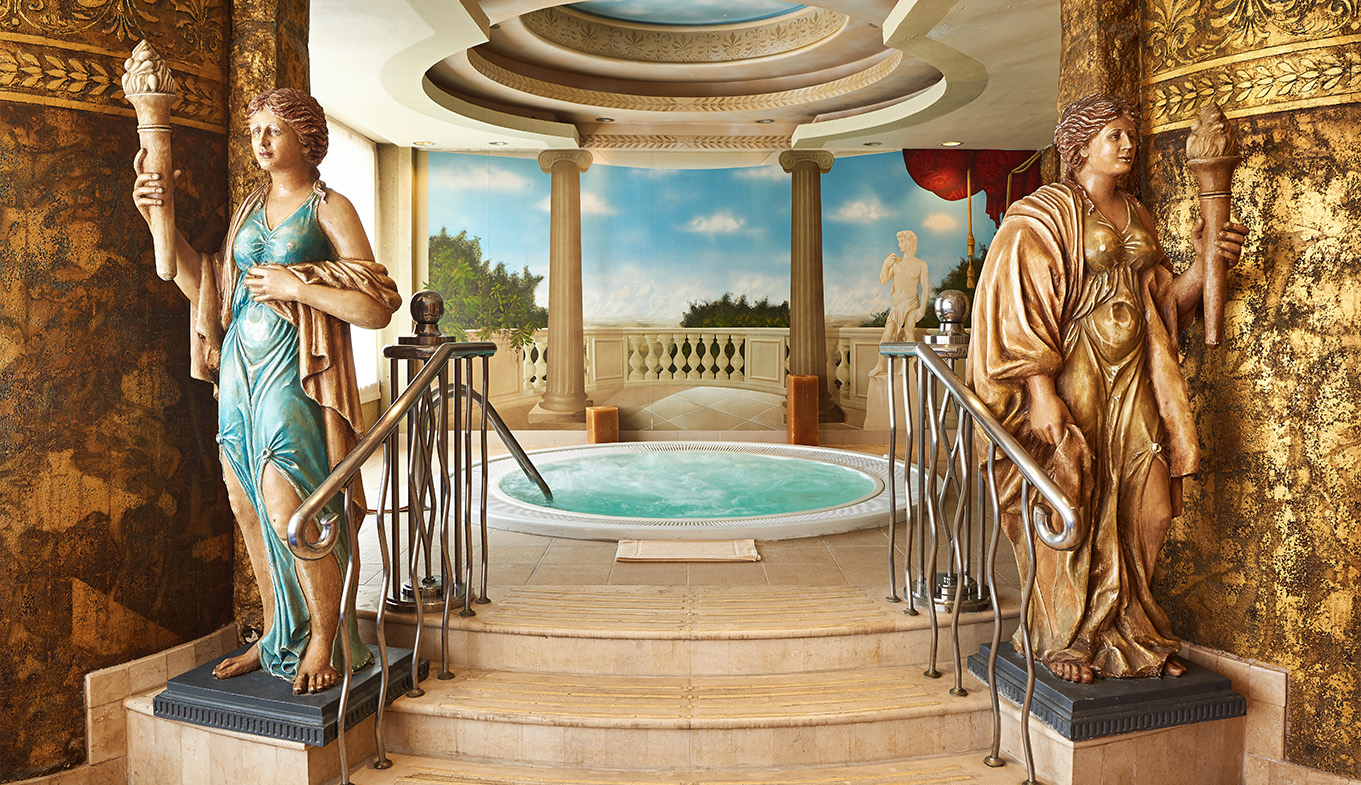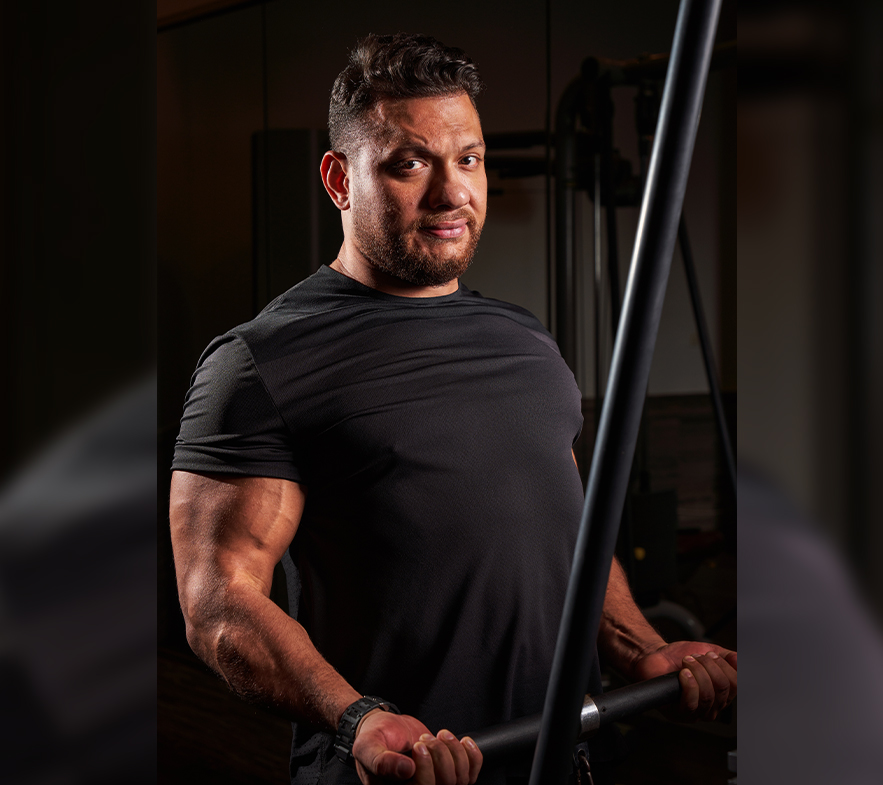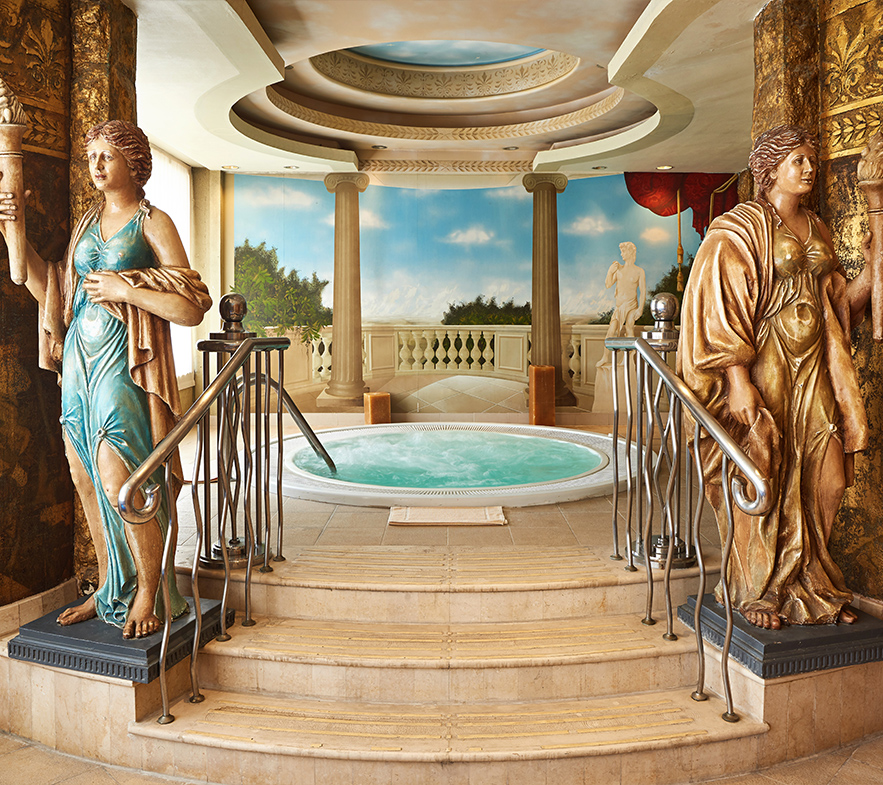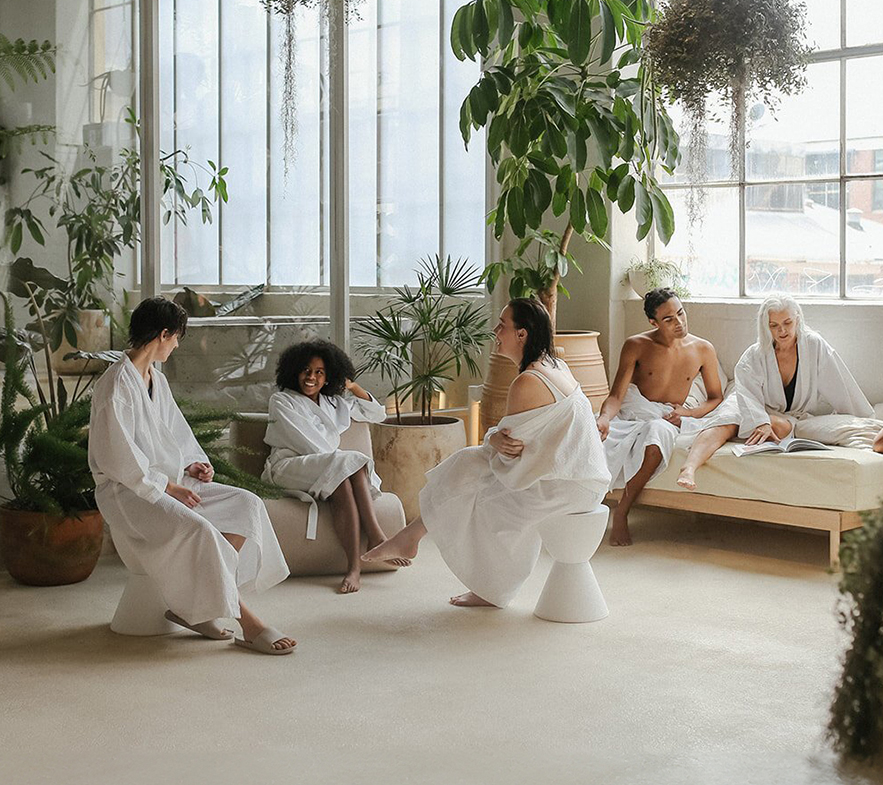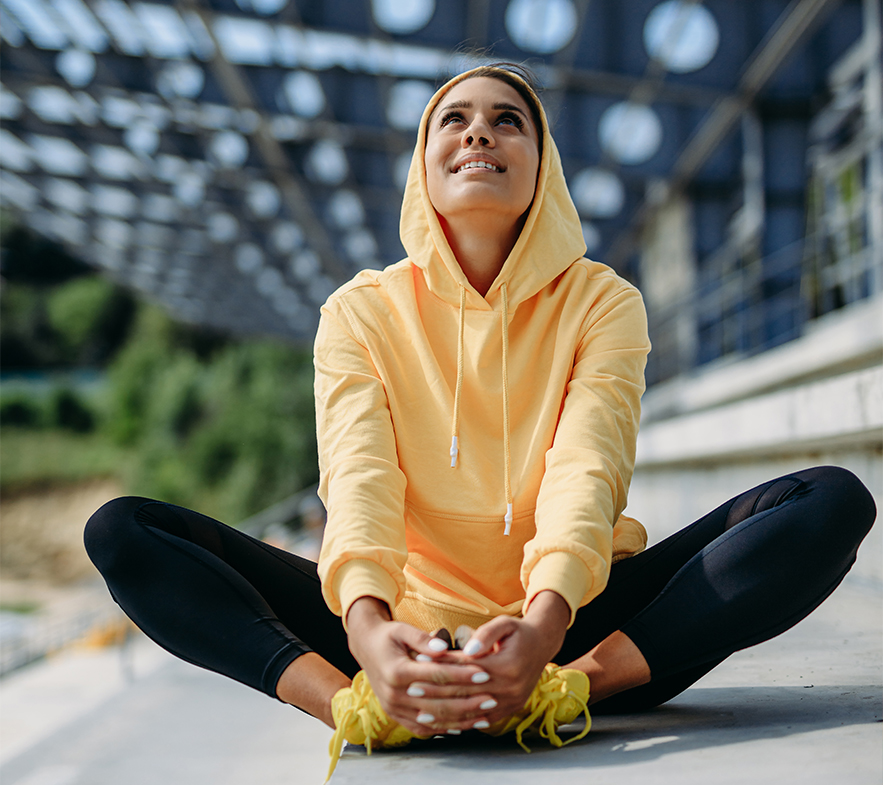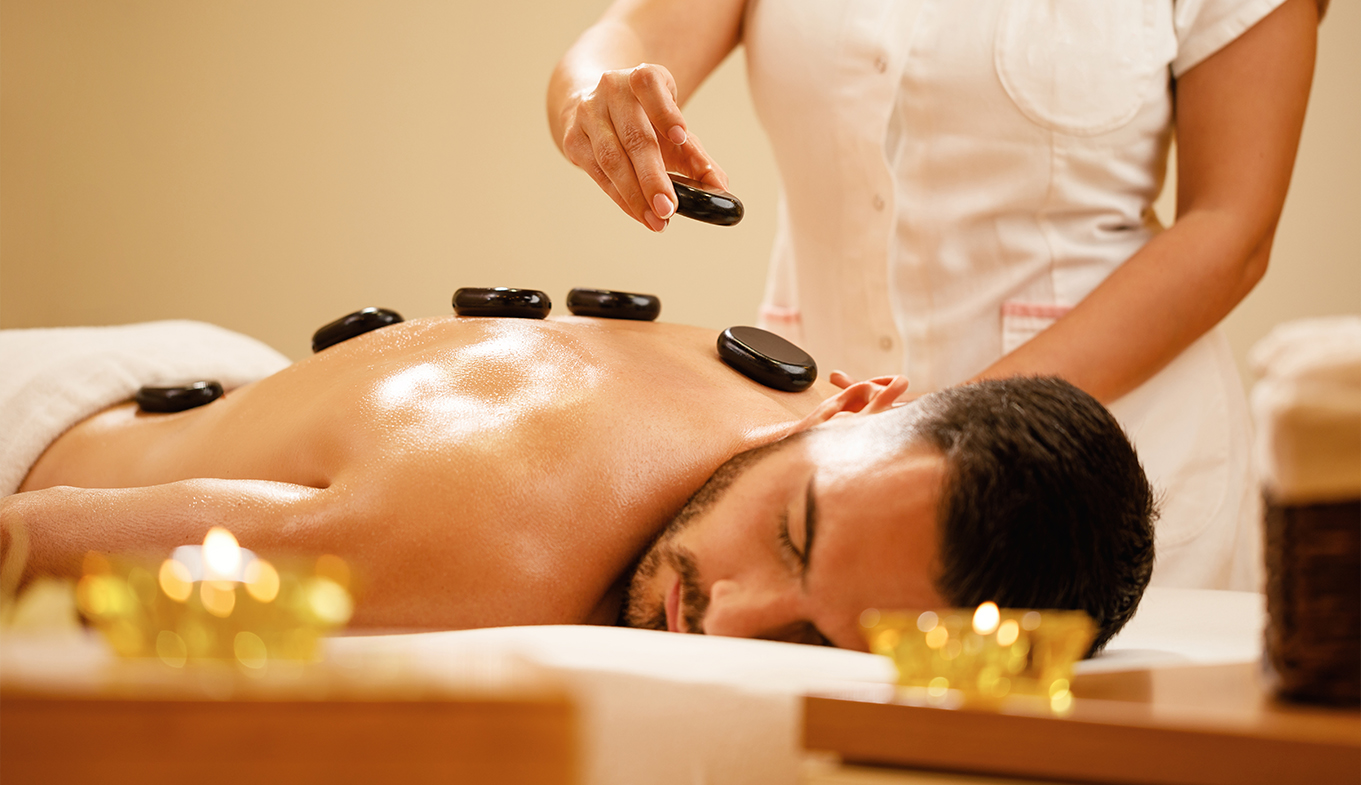Revitalize and Rejuvenate: Spas and Massages
The allure of spas and massages has surged in an era of busy, stressful work lives and a constant quest for balance. Becoming more than a luxury indulgence, spas and massages are now necessary for holistic well-being. As our lives accelerate, stress mounts and the need for self-care becomes imperative, these sanctuaries of serenity offer a vital reprieve. What was once considered a luxury has evolved into an integral aspect of modern living, necessitating the fusion of ancient healing practices with contemporary innovations. The surge in popularity of spas and massages can be attributed not only to their timeless appeal but also to their evolution with the times. Today, technology seamlessly intertwines with traditional practices, introducing massage chairs with cutting-edge techniques, virtual reality (VR) immersion during sessions, and wellness apps extending the spa experience beyond its physical confines. This harmonious mesh of tradition and technology has positioned spas and massages as indispensable elements in our daily lives, fostering relaxation and holistic rejuvenation in a world constantly in motion.
History of Spas and Massages:
The history of spas and massages dates back thousands of years, with roots in various ancient cultures worldwide. Ancient Egyptians were known to have used aromatic oils and massages as part of their healing rituals, with several tomb paintings found to depict people receiving massages. In Ancient Asia, traditional Chinese medicine incorporated massage techniques and herbal remedies for healing. This practice evolved into what we now know as acupuncture and acupressure. Both ancient civilizations of Greece and Rome valued baths as well as thermal springs for their healing properties. Roman baths were social hubs where people gathered, socializing, and relaxed. During the Islamic Golden Age, public bathhouses (hammams) became prevalent. These were places for cleansing, relaxation, and socializing. Elsewhere in the Middle Ages, primarily in Europe, public baths diminished due to societal changes and concerns about hygiene. However, by the Renaissance, spa towns gained popularity again as people rediscovered the therapeutic benefits of mineral springs. Stepping into the early modern era, Spa culture reemerged across Europe. Places like Bath in England and Spa in Belgium became famous for their mineral-rich waters, attracting the aristocracy. During the 20th century, the spa industry expanded globally. With technological advancements, various massage techniques and spa treatments were developed, including Swedish massage, aromatherapy, and hydrotherapy. In our modern-day spas evolved into wellness centers, offering a wide range of services beyond massages, such as yoga, meditation, and holistic therapies. Today, spas and massages are not only about relaxation but also about holistic wellness. They incorporate ancient techniques alongside modern innovations to promote physical, mental, and emotional well-being.

Different types of Massages:
Swedish Massage: Originating in Sweden in the 19th century, Swedish massage is one of the most popular and foundational types of massages. It combines various techniques like effleurage (long strokes), petrissage (kneading), and tapotement (rhythmic tapping) to relax muscles, improve circulation, and promote overall relaxation. Pehr Henrik Ling, a Swedish physiologist, is credited as having developed this method.
Deep Tissue Massage: Evolving from Swedish massage, this technique targets deeper layers of muscles and connective tissues to address chronic tension and knots. It often involves slow, firm pressure to reach underlying tissues and break up adhesions. While it doesn't have a specific geographic origin, it draws from various massage traditions worldwide, focusing on deeper muscle layers.
Hot Stone Massage: Ancient civilizations such as the Native Americans and Egyptians used hot stones for healing purposes. This massage involves placing heated smooth stones on specific body points to warm muscles, relax tension, and enhance circulation. The rocks, usually made of basalt, retain heat well and are strategically placed to complement massage strokes.
Aromatherapy Massage: Aromatherapy has roots in ancient civilizations like Egypt, Greece, and China. Aromatherapy massage combines massage techniques with essential oils extracted from plants and flowers. The therapist selects oils based on their therapeutic properties to enhance relaxation, reduce stress, and uplift mood during the massage.
Thai Massage: Originating in Thailand over 2,500 years ago, Thai massage is influenced by Ayurvedic and Chinese medicine. It involves passive stretching, rhythmic compression, and acupressure along the body's energy lines (sen). Practiced fully clothed on a mat, it aims to increase flexibility, release tension, and balance energy flow.
Sports Massage: Developed to support athletes in training and recovery, sports massage techniques vary widely. It incorporates elements from Swedish massage, deep tissue, and other modalities to address specific muscle groups used in sports activities, aid in injury prevention, and promote faster recovery.
Shiatsu Massage: Originating in Japan, shiatsu is based on traditional Chinese medicine principles. It involves applying pressure using fingers, palms, thumbs, or elbows on specific points along the body's meridians. Shiatsu aims to balance the body's energy flow (qi) and promote relaxation and overall well-being.
Prenatal Massage: This massage is tailored for pregnant women to address the discomforts associated with pregnancy. While its exact origin is unclear, it draws from various massage traditions and focuses on safe and comfortable positioning for expectant mothers, addressing specific pregnancy-related discomforts like back pain and swelling.
Reflexology: Rooted in ancient Egyptian and Chinese practices, reflexology involves applying pressure to specific points on the hands, feet, or ears, believed to correspond to organs or systems in the body. By stimulating these reflex points it aims to promote relaxation and overall wellness.
Lymphatic Drainage Massage: Developed in the early 20th century by Dr. Emil Vodder in France, this gentle massage technique aims to stimulate the lymphatic system, supporting detoxification, reducing swelling, and enhancing the immune system's function.
Couples Massage: While not rooted in a specific cultural tradition, couples massage offers a shared relaxation experience, allowing partners to receive massages simultaneously in the same room, fostering relaxation and bonding.
Craniosacral Therapy: Developed in the 20th century by osteopath Dr. John Upledger, this therapy involves gentle touches to the head, neck, and spine to release tension and improve the flow of cerebrospinal fluid, promoting relaxation and relieving pain.
Trigger Point Massage: Developed in the 1940s and 1950s by Dr. Janet Travell, this technique focuses on specific areas of muscle tension or knots (trigger points) to alleviate pain and discomfort by applying pressure to these points.
Myofascial Release: Developed by John F. Barnes in the 1970s, myofascial release targets the body's fascia (connective tissues). It involves gentle, sustained pressure to release restrictions in the tissues, aiming to improve flexibility and reduce pain caused by tightness or restrictions in the fascia.
These massages vary in pressure, techniques, and intended outcomes, providing a spectrum of choices catering to individual needs for relaxation and pain relief.
Benefits of Massages: Through their touch, massages don't just ease tension; they're an intricate symphony that soothes the mind, revitalizes the body, and orchestrates a harmonious dance of wellness, from relieving muscle stiffness to bolstering the immune system's defenses.
Massages are renowned for their stress-relieving effects. They trigger the release of endorphins, neurotransmitters acting as natural painkillers and mood elevators, reducing stress hormones like cortisol and promoting relaxation.
Massage techniques, such as kneading and stretching, help relieve muscle tension. This can reduce muscle stiffness, improve flexibility, and alleviate discomfort caused by chronic conditions like fibromyalgia or tension headaches.
Massage therapy enhances blood flow, facilitating the delivery of oxygen and nutrients to muscles and organs. Improved circulation can aid in quicker healing of damaged tissues, reduce swelling, and promote overall cardiovascular health.
Whether it's chronic pain from conditions like arthritis or acute pain from injuries, massages can effectively alleviate discomfort. They stimulate the release of endorphins, offer natural pain relief, and can sometimes reduce the need for pain medications.
Beyond physical benefits, massages have positive effects on mental health. They can reduce anxiety, depression, and symptoms of stress-related disorders by inducing relaxation, calming the nervous system, and promoting better sleep quality.
Studies suggest that regular massages may positively impact the immune system by boosting the activity of natural white blood cells, which defend the body against viruses and tumors, thus enhancing overall immunity.
Specific massages, like deep tissue or targeted therapeutic techniques, can assist in correcting posture issues by releasing muscle tension and promoting proper alignment.
For some individuals, specific massage techniques have shown effectiveness in reducing the frequency and severity of migraines and tension headaches. Gentle massages can encourage lymphatic drainage, helping the body remove waste and toxins, supporting a healthier immune system, and reducing swelling.
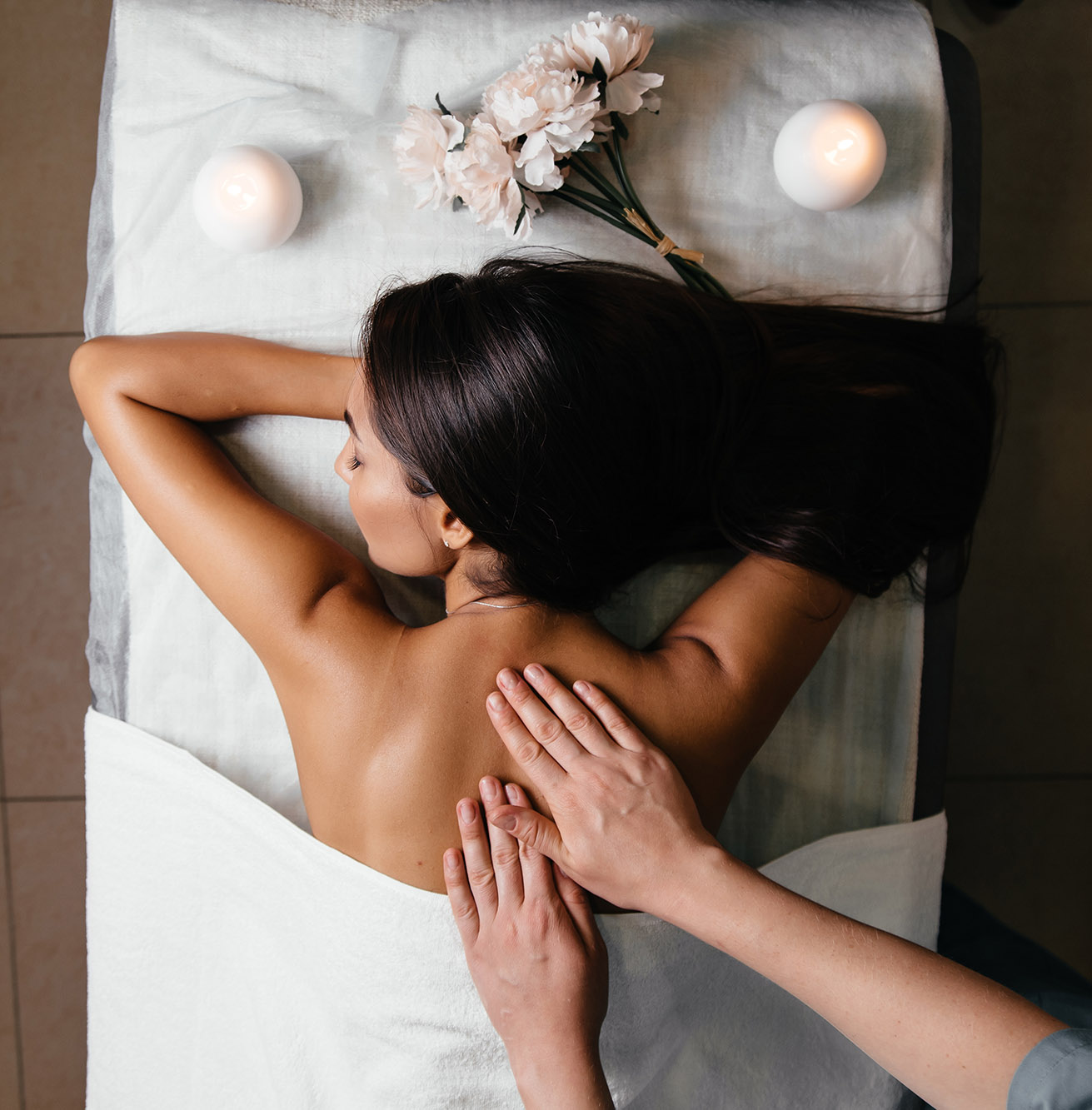
Types of Spas:
A diverse array of spas exists, each offering unique experiences and services catering to various wellness needs. Some of the most common types of spas include, day spas offer a range of treatments and services but do not typically provide overnight accommodations. They focus on providing a day of relaxation and wellness, offering massages, facials, and body treatments, and often include amenities such as saunas, steam rooms, and relaxation areas. Spas Found within resorts or hotels offer similar services to day spas but are often more extensive and luxurious. They cater to guests staying at the establishment and may include specialized treatments, fitness centers, and wellness programs. Destination spas are dedicated to wellness retreats and typically offer comprehensive health, fitness, and relaxation programs. Guests often stay for several days to a week, participating in activities such as yoga, meditation, healthy eating, and various spa treatments. Medi spas blends medical procedures with traditional spa treatments. They offer services such as laser treatments, Botox, chemical peels, and other cosmetic procedures, often overseen by medical professionals such as dermatologists or plastic surgeons. Ayurvedic Spas are rooted in traditional Indian medicine (Ayurveda); these spas offer personalized treatments according to Ayurvedic principles, including herbal therapies, detoxification, and holistic wellness programs to balance mind, body, and spirit. Wellness Retreats focus on holistic well-being, emphasizing mental and physical health. They often incorporate mindfulness practices, nutrition workshops, fitness classes, and spa treatments. Mineral Springs/Hot Springs Spas are located near natural hot springs or mineral-rich waters; these spas utilize the healing properties of the water for therapeutic purposes. They offer soaking pools, hydrotherapy, and treatments using the mineral-rich waters. Mobile Spas bring the services directly to the client's location, whether at home, at a corporate event, or at a specific venue. They offer convenience and a personalized experience in an area of the client's choosing.
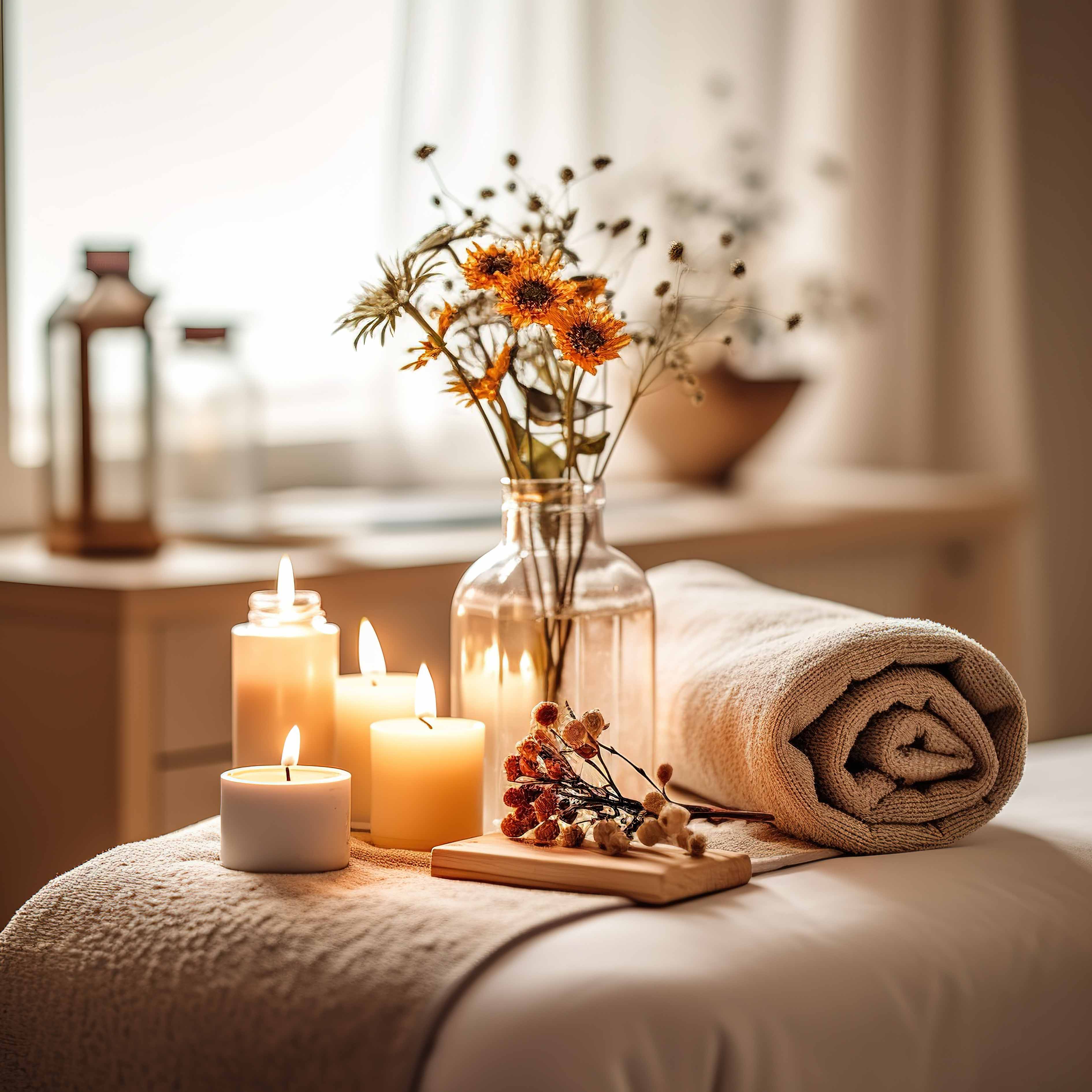
Spa Innovations:
Numerous spa treatment centers are integrating technology into traditional practices. This includes using advanced massage chairs equipped with various massage techniques and settings and incorporating virtual reality (VR) experiences during massages to enhance relaxation and distraction from pain or stress. Spas are increasingly offering specialized treatments targeting specific concerns. These may include niche massages like herbal oil massages, reflexology, lymphatic drainage massages, and treatments focusing on mental health, such as stress-reducing therapies and mindfulness-based practices. Many spas emphasize personalized experiences. They're tailoring treatments to individual preferences, health conditions, or goals, offering bespoke massage therapies that address unique needs. There's a growing trend toward eco-friendly and sustainable practices in spas. This includes using organic and natural products, reducing waste, energy-efficient facilities, and incorporating nature-inspired themes into spa designs. Some spas are adopting wellness technology, like apps or devices that track clients' wellness goals, provide recommendations, or offer follow-up care suggestions post-massage or treatment. With globalization, spas are incorporating elements from various cultural wellness practices. This could involve techniques from traditional Chinese medicine, Ayurveda, or indigenous healing practices, offering clients diverse therapeutic experiences. Spas are becoming more inclusive and accessible to a broader demographic. Efforts are being made to create welcoming spaces for individuals of different backgrounds, body types, abilities, and gender identities. The focus on therapist education and training is increasing. Spas are investing in ongoing education for their staff to ensure they are updated on the latest techniques, safety protocols, and wellness trends.
